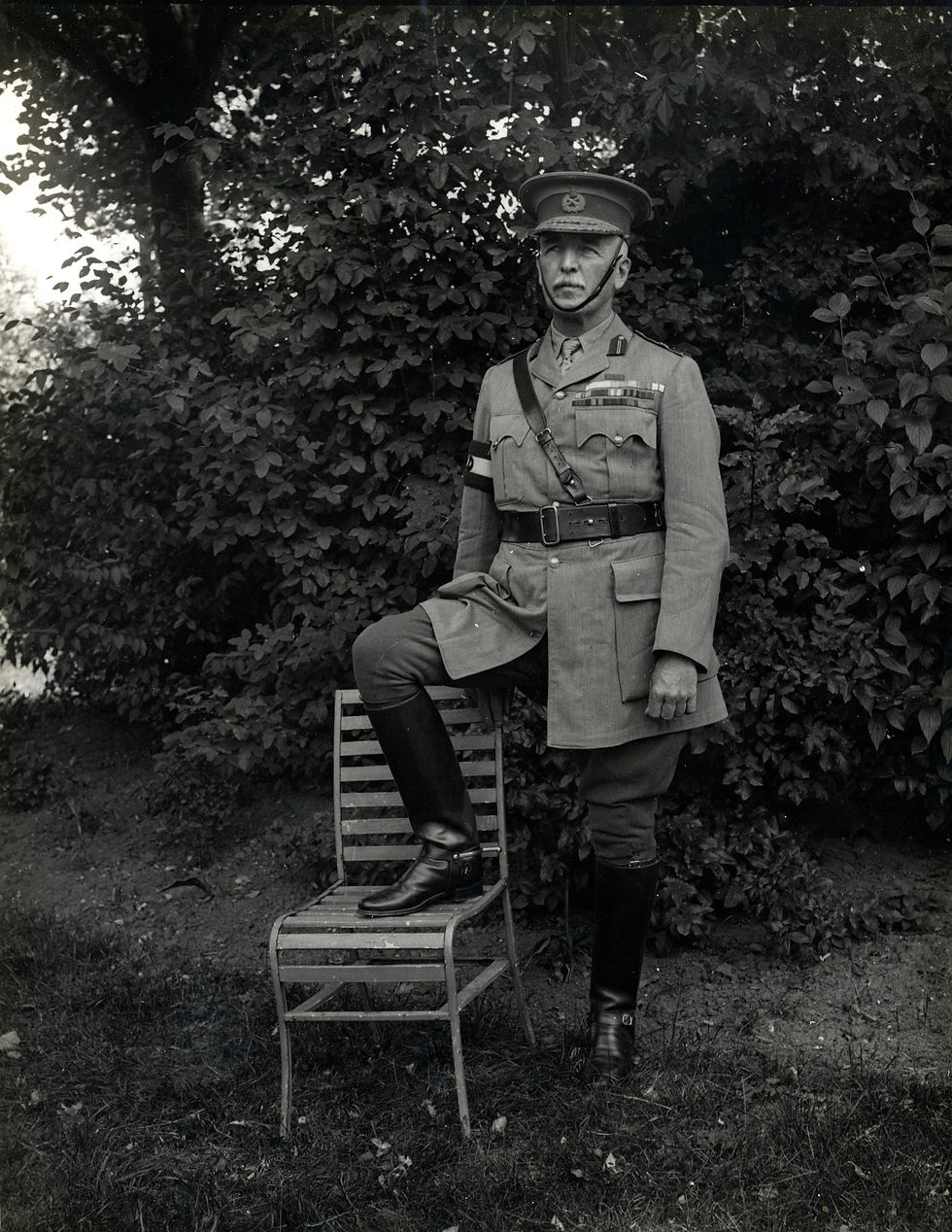5 Ways You Can Leave A Legacy In 2020 (And Make It A Good one)
- John Wallace

- Jul 18, 2020
- 4 min read

Do you know what people will say about you when you're gone? if at all. How will they remember you? Good or bad? In other words, what legacy will you leave behind?
The premise of these questions can be intimidating at first, yet we must address them head on as early as possible so we are able to leave the best legacy for those who knew us and for those who did not.
For younger people, this is a depressive subject. Afterall, why should you have to think about this now? "I'd rather think about it when i'm 60".
This may be true for some, yet it can be largely benefical throughout your life development. This is because if you have a symbolic image that you can think of yourself for in the future, then you are much more likely to take decisions that will be more focused than before.
You are able to take your life more seriously, because you know the consequences of your action and the risk of compramising your legacy if you do not carry out important choirs in life.
Your legacy can revolve around your family, career, social-life; pretty much anything that involves other people. So, the list below should guide you to build a legacy that you deserve.
1. Know what matters.
You can't leave behind a legacy by accident. Until you know, clearly and unambiguously, what you want your legacy to be, it's tough, if not impossible, to begin building it.
The foundation of building a legacy is a deep sense of knowing; not just knowing what is important to you, but what is non-negotiable.
In a sense, it doesn't matter what those non-negotiables are. They could revolve around corporate culture, team-building, production quality, customer service, innovation, or any one of a thousand other things. What matters is that you know what they are.
It helps to put your non-negotiables down on paper. Write a manifesto. Print off a pdf and distribute it. Revise it regularly, over time, amending the wording to clarify and hone your non-negotiables. Strip away everything that's merely a 'nice to have', until the manifesto sings your legacy a cappella--clearly, and uncluttered by distracting background melodies.
2. Focus your legacy
Granted, conveying the accumulated lessons of a lifetime is easier said than done. In deciding exactly what you want to put out into the world, look inward first.
Start by identifying your strengths. The most obvious place to look is your career—but don't just focus on your job title.
Going from Success to Significance in Work and Life.
But if you think of them as core strengths instead, you can begin to see how they are more widely applicable.
Talk to your colleagues, friends and family members for their insight. Keep a running list, and see which strengths come up most frequently. Often, others see our gifts more clearly than we do.
Also, consider what topics and activities you're passionate about and that you find interesting.
In short, your legacy should be a labor of love—not a chore.
Use the findings from your introspection to establish a "life sentence."
Focus on your life sentence throughout your journey, and use it to keep you on track.
3. Leave
Ready for a statement of the stunningly obvious? Leaving a legacy behind requires you to no longer be there.
Sadly, many leaders miss this vital point, and hang around too long, lingering until the point when what would have been a towering legacy is diminished by time. (This happens not just in business. It happens regularly in sports, religion, politics and entertainment too. Think of how many well known leaders in their field would have left a much more substantial legacy had they simply stepped away earlier.)
Do yourself - and your legacy - a favor. Quit while you're at the top. Go transform some other part of your life.
Create the Vision
To begin, you must have an end in mind, something to work toward. This takes knowing yourself, identifying what you value, knowing who you care about, and defining what you want to do and where you want to make your impact.
Gather the Resources this creative step focuses on what you already have to contribute to the project, what else you need, and who you want and need to be involved.
Begin the Design armed with your dreams, ideas, interests, values, identified beneficiaries, experiences, background and initial resources, this is where the creative process begins to take shape.
Develop the Infrastructure this is where the project begins to actually take shape and building the foundation begins. The old saying ’failing to plan is like planning to fail’ applies at this step, so we cover the basics of laying out a successful implementation plan, which becomes your roadmap or blueprint.
Bring the Project to Life based on your definition of legacy, your dream for seeing it come to fruition, the identified resources you have and need, the design and plan, here’s where you choose the most effective structure, add strategic business development and marketing design so others know what you’re up to, and develop operational systems to keep things going consistently and sustainably.
Harvest the Rewards and Keep It Going: when your legacy project is operational, you get to experience the joy of it, and the appreciation and gratitude generated by those it helps and inspires to contribute to it. Then, this step invites you to engage in succession planning so you can transition operations smoothly to others, and exit-planning so you can step away without disconnecting – playing the part you want to play as long as you want to play it, knowing your legacy will live on for generations.




















Comentarios